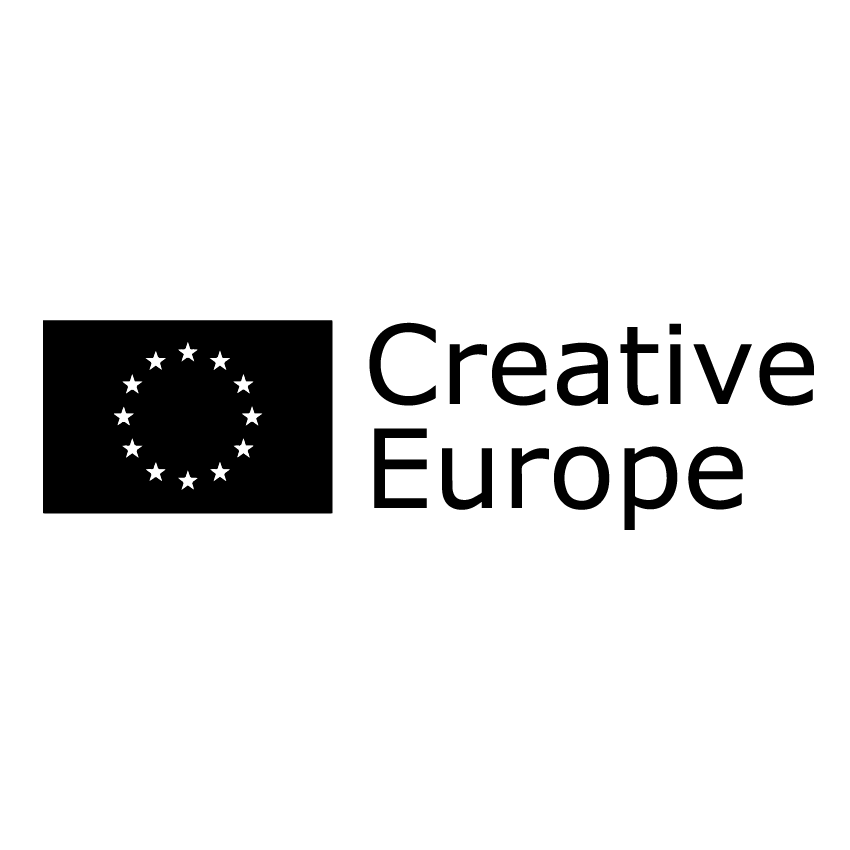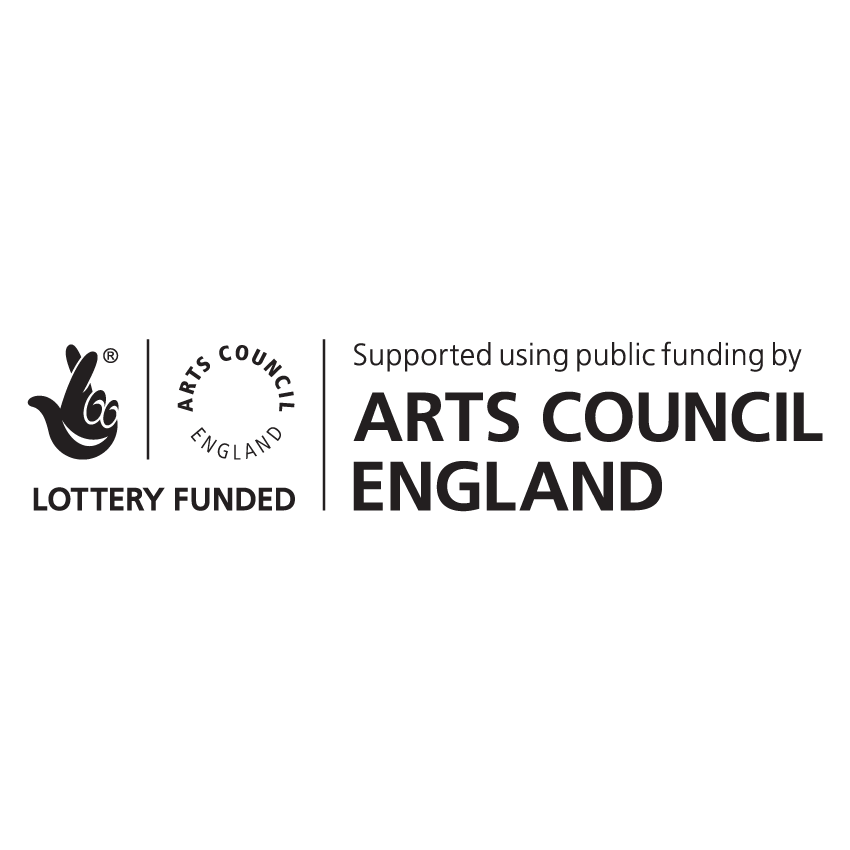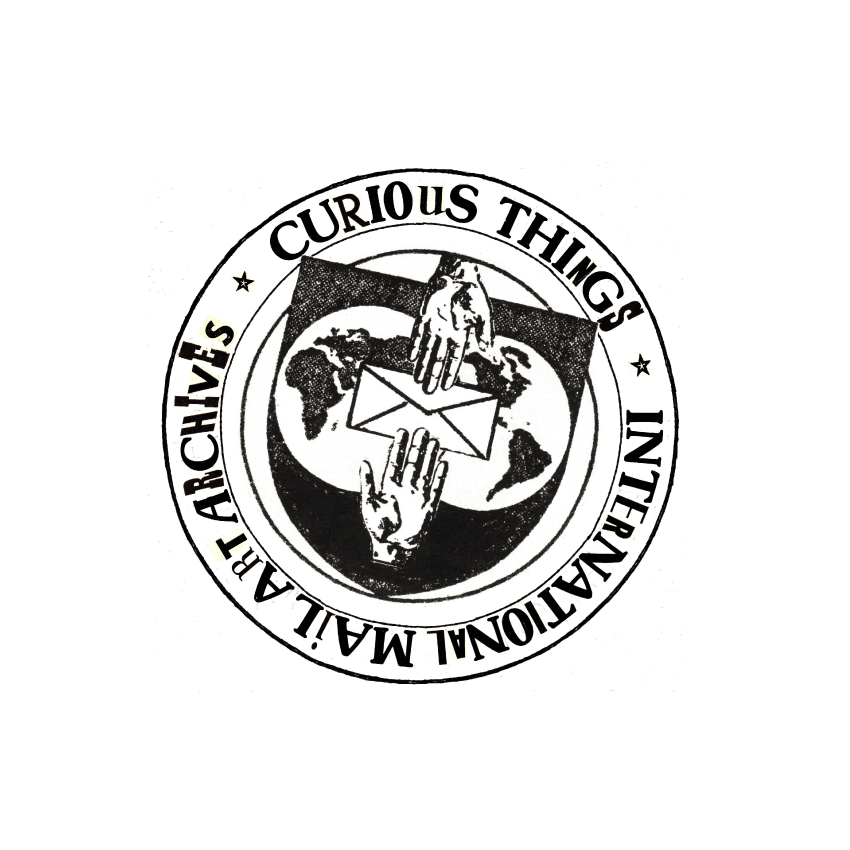Modern Mail/Male
SARAH HARDACRE
DENMARK & UK
At the end of the 19th century a paradigm shift was taking place seeing the world change from an agrarian and handicraft economy to one dominated by industry and machine manufacturing. Manchester became prominent on the global stage thanks to this shift, transforming its built environment from that of a small market town to that of a mechanised production centre. Meanwhile the small island of Ærø, at the time the most important port in Denmark, saw its core shipping industry crippled as the age of sail was decimated by the age of steam. The technological shift brought with it ships that could offer faster, more reliable transport but only to deeper waters than its once strategically critical harbour could offer. In the north of Denmark Aarhus capitalised on this shift moving its port to the coast from the river and transformed itself from a regional trade hub into an industrial centre – just as Manchester had done in the UK.
The world sped up. The machines that drove the new manufacturing could work around the clock unlike a manual workforce. Steam ships were not affected by changes in weather, nor were the emergent railways affected by the inconvenient stops to feed or rest beasts of burden. These revolutions in making and transportation simultaneously allowed for a new era for the trade of ideas – correspondence being able to travel at a new pace thanks to a modernised postal service that embraced these new technologies and effectively annihilated time and distance in the eyes of its 19th century users.
The powers that impacted so harshly on Ærø and so beneficially for Manchester - the machines, the steamships and the railroads - exploded the number of goods being traded around the world. Meanwhile the postal system which underwrote much of the cost of building the new infrastructure provided a new freedom of communication for millions. This quantum shift in the pace of the trade of ideas transformed the hierarchies of power and drove a democratised vision of the world where merit and merchants rather than monarchy thrived. A vision that was never quite realised on British shores.
However, gender roles remained largely unchanged. Women in both Ærø and the UK remained tied to the home and a notion of domesticity. During her residencies on Ærø Sarah recognised how the domestic environment of communities developed by the wealth of the sea or the factory remained distinctly gendered in their use of space, social norms and design. Nonetheless, elements of the island betrayed the complex domestic lives played out against more fanciful tales of maritime derring do. The Skvallerspegel (skvaller meaning 'gossip' and spegel meaning 'mirror') intrigued her.
Formed of a double mirror mounted outside a window are a common feature in Ærø, used for viewing up and down the street; similar to a rear-view mirror, but mounted on a house; common in small towns with wooden houses. This created a panopticon of female space one where women would police other women for displays of vulgarity or infidelity while the men were at sea. Similarly the mythology of the ceramic dogs synonymous with the town encoded this infidelity as hiding in plain sight creating a culture of permissive indulgence, until called out. During the period 1860-1900, Danish sailors bought these dogs in English ports as gifts for their wives or sweethearts. The dogs are placed gazing longingly out of the window for the sailor, when he is at sea – this is also an indication that the wife’s lover can call when the husband is away. When the sailor is home, the dogs are turned with their backs to the window.
The island communities embodied this imbalance of power with women often being erased from history and the spaces where they created the notion of Home - leading Sarah to explore routes for young women to reassert their place in the history of both Denmark and the UK - inspiring the creation of new works that could exist as artefacts rather than just digital landfill.
RESIDENCY
For four days in the middle of December 2019 Sarah Hardacre headed to the island of Ærø in Denmark to start her journey as a NATUR artist. Greeted by NATUR Partner Eyvind Gulbrandssen (SAMSKAB) she was welcomed to the Island and it’s both charming houses and people. First stop was to explore the Maritime Museum in Marstal, which holds a huge number of archives and artefacts on local Maritime History of the Island. This rich history has been well documented and famously written about in an International Best Seller; We, The Drowned by Carsten Jensen, who is from Marstal on Ærø. Sarah was fascinated by the quirkiness of the Island, especially the houses but as you can see in the images above the locals have a fascination of doors, dogs and mirrors, all keeping an interesting history of the local population throughout the centuries.
THE PROJECT
Today we find ourselves in the midsts of the Information Revolution where digital communication has again transformed our notions of time and space and is again transforming notions of power. Nonetheless, even in an electronic age the need to transport and connect through physical correspondence remains as does a gender imbalance around whose voice is valued and heard. Working with Sarah, we invited young people in two places impacted on by dramatic shifts in a globalised worldview to reflect on who creates their archives, who tells their stories and how they could take agency to impact on how those inherited stories are lived.
It aimed to create a connection between two places both hugely impacted upon by the last major technological revolution by seeking to explore the shared physical experiences of where we live in a digital-world as we experience our own paradigm shift to an information economy. Sarah aims to give young people a vocabulary and platform to tell their stories using both digital and traditional means creating print, mail art and a new community between countries.
MAIL ART
Mail art echoed the shift in industrialisation for both Ærø and Manchester. By the mid 20th Century Artists began to recognise the power of the postal service for democratising creation and value, using it to disregard and circumvent the commercial art market outside of a formal gallery space and outside of the formal structures for art. The theme is inspired by the Manchester Metropolitan University Special Collections Museum exhibition,“Curious Things: A glimpse into the International Mail Art archive of Michael Leigh and Hazel Jones” which presents an archive collected by Leigh and Jones who have been creating, sending, receiving and collecting Mail Art for over forty years.
Sarah, who alongside exploring the Island and it’s history for inspiration, also worked with the NATUR team, Curated Place, Special Collections at MMU and the Our Town Hall project to explore Mail Art, it’s history and how it can connect youth on a small Islands like Ærø and youth in a big city like Manchester. Exploring common themes of democracy and globalisation, technology and culture, young people in both places through workshops were encourage to express their worlds as they see them with others using Mail Art and creating their own archives in the process and learning to express local issues through Mail Art.
The project was produced in partnership with SAMSKAB and SICC production with the support of Arts Council England, Manchester’s Our Town Hall project and the municipality of Ærø with the aim of exploring the complex and sometimes conflicting experiences of ‘progress’ as lived in Manchester and Ærø - both places being built on the trade of not only goods but also, crucially, ideas.
SUPPORTED BY
Sarah Hardacre
Sarah Hardacre’s practice centres on a preoccupation with Modernism as a legacy of the post-industrial nation state and how the built environment and class came to be connected. Investigating the political contexts of Britain’s housing experiments and the desires to build a brave new society based on the Utopian ideals of European projects she has always sought to reveal how the worldviews of the powerful impact on normal people’s day-to-day.
Sarah Hardacre is a visual artist and print maker living and working in Manchester. Through paper collage and silkscreen print, Hardacre’s practice explores the architectural legacies of post-war, post- industrial housing development; estates of single class segregation and islands of failed Utopias.
Her work questions the effects of urban regeneration, notions of privacy and how structures designed to induce collectivism have instead left a legacy of alienation, serving to marginalise working class communities and in particular working class women.




















